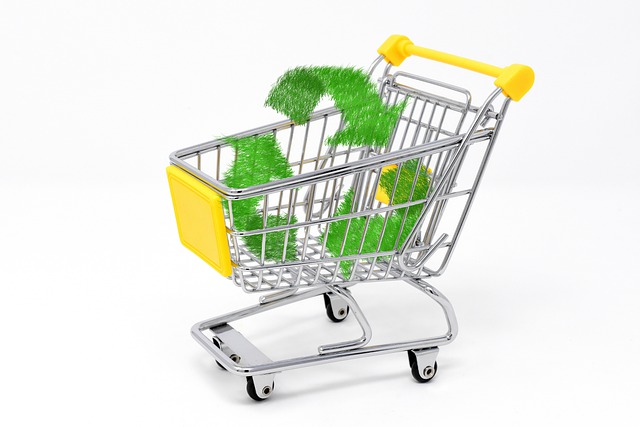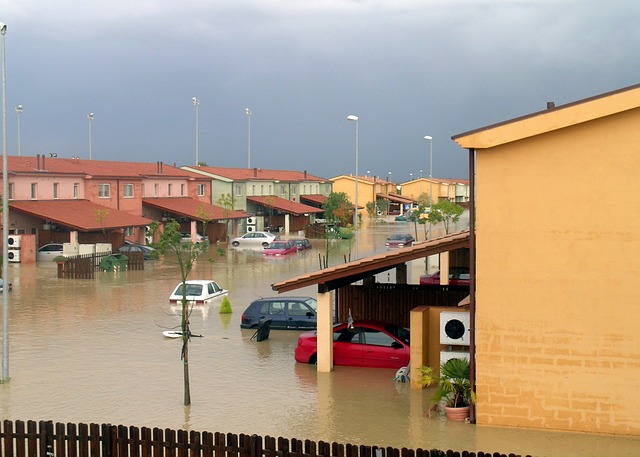INTRODUCTION
Greenwashing is also famous for another term known as green sheen.
GREENWASHING
Greenwashing is a kind of marketing spin by which people are being fooled in the name of green products or eco-friendly products. The business tactics include green marketing and green PR. People get deceived and assume that the product of green marketing that they are buying is environmentally friendly.
Check out: What is Climate Justice and Why Is It Important?
CAUSES OF GREENWASHING
It is suggested that the absence of regulation is the key reason. Even if there are rules and regulations present, they are not sufficient or ineffective. Another reason is the corporate business world. Mostly it is thought that the richest companies in the world use such tactics.
Also read: Environment Discrimination and the Importance of Environmental Justice
EXAMPLES OF GREENWASHING COMPANIES/BRANDS
The examples of greenwashing are listed below. Following companies have been accused of greenwashing their products and practices.
- Nestlé
- ExxonMobil
- IKEA
- Lululemon Athletica
- The Sahara Club
You may also like: What Is Green Colonialism? – Everything You Need To Know
TYPES OF GREENWASHING
The types of greenwashing are often categorized as “sins”. Published research suggested that there are two types including seven other sins.
- Motive Greenwashing
- Behavioral-Claim Greenwashing
The seven sins are listed below.
1. Fibbing: This sin is defined as false environmental claims. An example is CERTIFIED ORGANICS.
2. Lesser Of Two Evils: It is described as distracting customers from the actual severe consequences of a product by using claims that are possibly true. An example is ORGANIC CIGARETTE.
3. Irrelevance: It is defined as using environmental claims that could be true but are completely irrelevant to the product. An example is CFC-FREE.
4. False Labels: It is described as the use of images that depict a third-party endorsement whereas it is false information. An example is NATURAL.
5. Vagueness: The misunderstanding of a word or phrase by the customer due to broad claims is vagueness. An example is ALL NATURAL.
6. No Proof: This sin is defined as the absence of substantial information concerning product manufacturing. An example is Tissue Paper.
7. Hidden Trade-Off: This is defined as a product claiming to be green while completely ignoring the detailed perspective. An example is a PAPER.
Also check out: What’s Green Gentrification? Its Causes and Negative Impacts
NEGATIVE EFFECTS OF GREENWASHING ON THE ENVIRONMENT
1. Unsustainable Practices: Greenwashing promotes unsustainable practices in the surroundings while consumers are unaware.
2. Misleading Public: Buying labeled products with eco-friendly tags is misleading people and this in return causing damage to the environment.
3. Global Carbon Emission: The companies are increasing their global carbon footprint by burning fossil fuels and advertising environmentally friendly products. Check out Top Companies Contributing to World’s Third Carbon Emission
4. Climate Change: Greenwashing is also contributing to climate change. The release of greenhouse gases from industries is leading to global warming and triggering human-induced climate change.
5. Environmental Pollution: Unsustainable practices are causing environmental problems such as polluting water bodies with toxic chemicals, releasing air pollutants into the atmosphere.
Also read: Third Pole Is Melting – Himalaya-HinduKush-Karakoram Glacier
SOLUTIONS TO GREENWASHING
Some solutions to greenwashing are listed below.
1. Sustainable Practices: At present, we ought to opt for sustainable options. Avoid buying products with false claiming labels.
2. Boycott Companies: Boycotting companies that use greenwashing business tactics will make them realize the essence of sustainability.
3. Avoid Products With Labels: Avoid buying such products that come with CFCs Free because this is already banned under Montreal Protocol.
4. Rules and Regulations: Implementation of rules and regulations could be a possible solution to control greenwashing.
CONCLUSION
People are trying to act environmentally conscious due to climate change awareness and prefer buying products that claim less damage to the environment. Companies are taking advantage of this consciousness and using greenwashing to promote their business. Public awareness of greenwashing could save people from buying such products.
Also check out: What is Ecocide? Causes, Effects, and Solutions and Why Ecocide Should Be Made an International Crime?
I hope you all liked this post! Please comment below if you have any suggestions, comments, or feedback! We at #envpk love hearing from our readers! Thanks!




